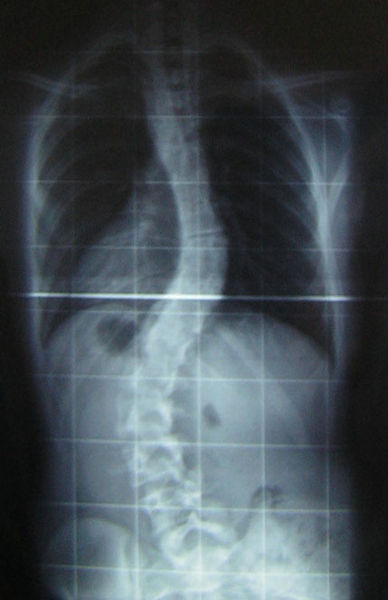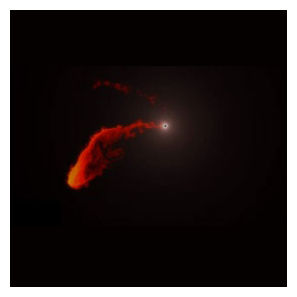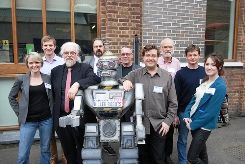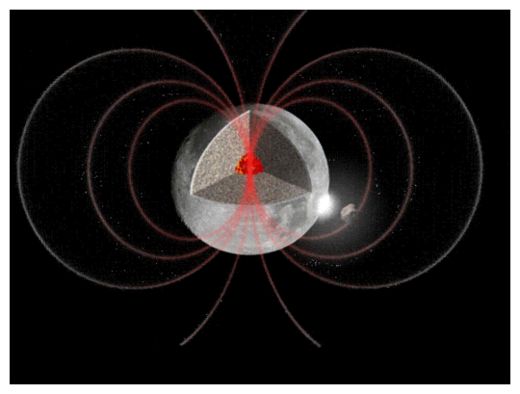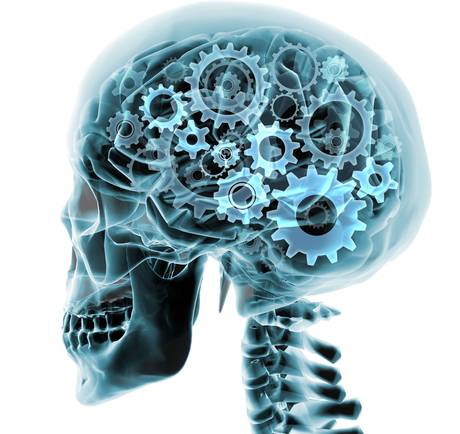
It is the first time that depression has been linked unequivocally to the internal circadian clock of the human brain, which regulates the body's day-and-night cycle over a 24 hour period, scientists said.
The researchers found that they could estimate a healthy person's time of death to within a few hours by analysing the activity levels of a set of genes - whether they are switched on 'high' or 'low' - within certain regions of the deceased brain.
However, this correlation broke down when they analysed the autopsied brains of people who had suffered from depression. Their gene activity bore little relationship to the hour of death, which indicated they suffered a severely disrupted sleeping pattern, the scientists found.
The findings suggest that patients with severe depression could be better treated if there was some way of improving the relationship between the daily cycle of gene activity of the brain with the actual time of day or night, they said.
"We think the depressed individuals are more likely to be out-of-sync with the regular wake-sleep timing," said Jun Li of the University of Michigan, the lead author of the study published in the journal Proceedings of the National Academy of Sciences.
"Our data also suggests that their daily cycles are not only shifted, but also disrupted. That is, they sleep by the wrong clock, and when they do sleep, the quality [of sleep] could be different from normal sleep," Dr Li said.
